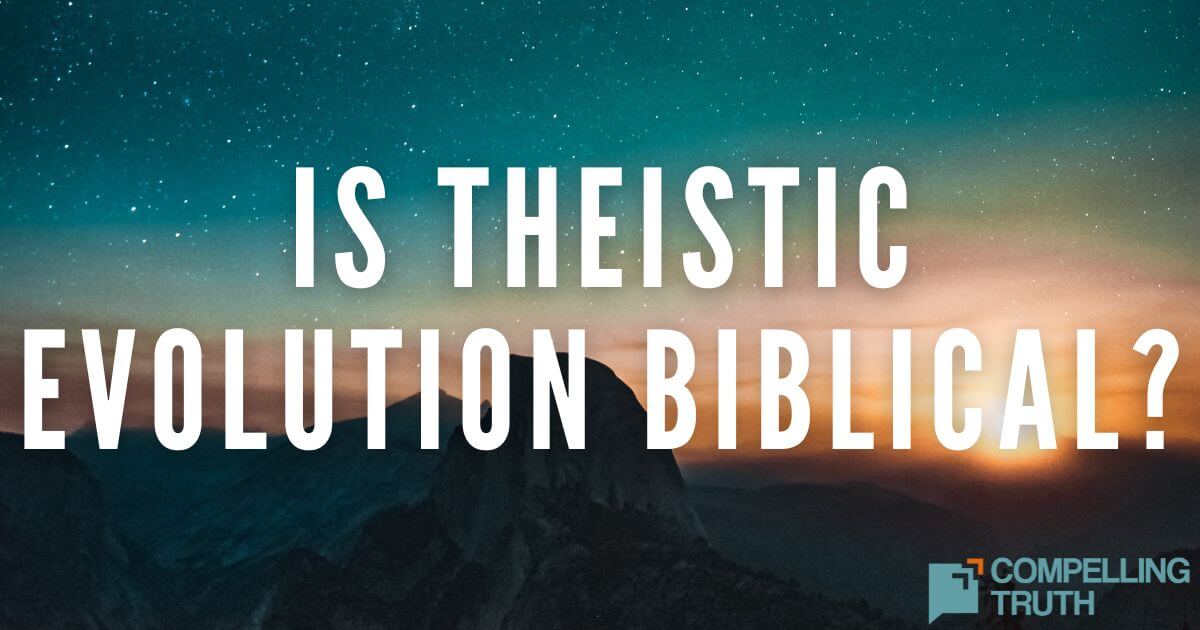what does the bible say?
The Bible makes no reference to "missing links" because it does not rely on macroevolution—species-to-species changes—to explain the origin of life. Instead, Genesis 1 describes God's direct creation of distinct kinds of animals, each multiplying according to its kind (Genesis 1:24–25). According to the biblical worldview, no transitional species are required, as God created each animal uniquely. Rather than a single evolutionary tree, the biblical account suggests a diversity of lifeforms branching out in their own "bushes," with variations occurring only within kinds through microevolution.




